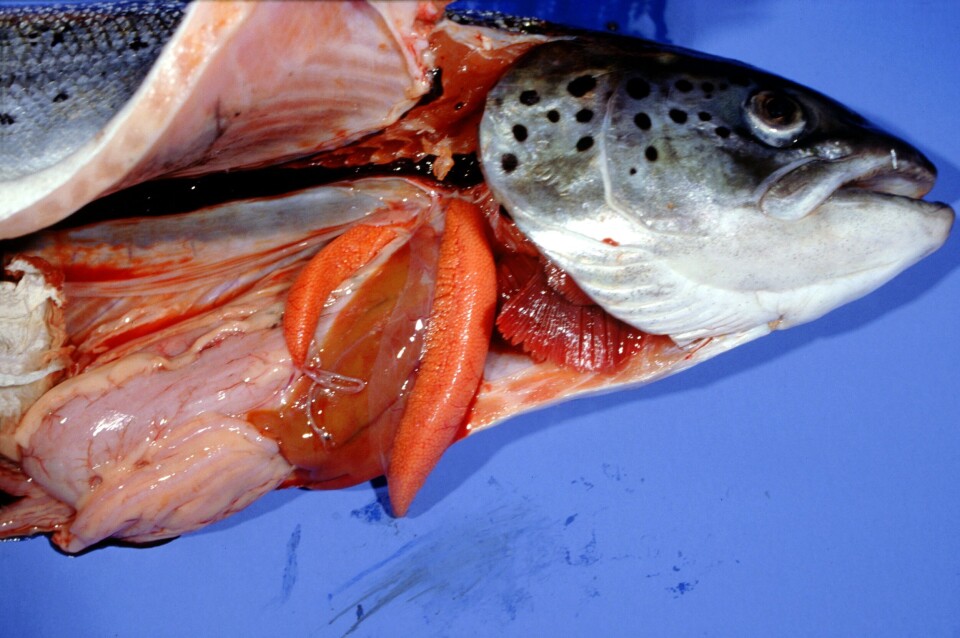
Next Myth: “Aquaculture causes diseases in wild fish” and “Farmed salmon are full of sea lice”
The above-mentioned statements have been repeated ad nauseam by critics of the aquaculture industry. In British Columbia alone, extreme segments of the environmental movement years ago predicted that pink salmon runs would go instinct if salmon farming in ocean-based net pens continued in the Broughton Archipelago region. No such thing has happened- in fact the west coast of North America was full of pink salmon this year. This fish has been referred to as “the lousy pink” by commercial fishers long before there were salmon farms in B.C. due to its usual parasite load as it returns from the open ocean.
NOAA answers a couple of pertinent questions in the matter this way:
- What is done to reduce diseases in farmed fish and shellfish?
Fish and shellfish farmers—as well as state and federal regulatory agencies—take many precautions to prevent infection and transmission of pathogens and parasites (which are the agents that cause disease). At commercial hatcheries, juveniles are reared under carefully controlled conditions to prevent the introduction of disease-causing agents from outside sources. Before fish or shellfish are transferred to farm sites or released into the wild, veterinarians and other aquatic health professionals evaluate them to ensure that they are free of pathogens or parasites. Most states also have regulations requiring fish and shellfish to be screened before they are transferred to another site or released into the wild.
Farmed fish are vaccinated against most of the diseases that have caused problems in the past. Antibiotics are rarely used and, if required, their use is strictly regulated and always under the supervision of a veterinarian.
Did you know?
At NOAA’s Manchester lab in Washington State, fish do not need antibiotics (the lab grows salmon, sablefish, lingcod, and rockfish, among others) because the fish are vaccinated against known pathogens. Antibiotics can be used on special occasions to treat injuries received when wild fish are captured to be used as brood stock.
- What is done to prevent sea lice and other parasites on finfish farms and to minimize impacts on wild fish populations?
Parasites are a fact of life with all forms of animal production, but their presence does not normally cause disease. The potential harmful effects of parasites can be minimized significantly by following good practices. The parasite of greatest concern to salmon farmers is sea lice. Historically, sea lice occasionally have been a problem for farmed salmon in the State of Maine – where they exist naturally in the wild. Maine has made great strides in minimizing the incidence of sea lice by reducing stocking density, rotating pens among distant locations, and letting sites lie fallow between harvests.
When further treatment is necessary, fish are treated with hydrogen peroxide (which breaks down into water and oxygen) as the first choice and with another compound (similar to that used to de-worm dogs and cats) as a second choice, only as needed. In the latter case, the fish are moved from their holding structure to a boat with a tank on it; then the fish are treated and replaced in to the structure. Strict protocols ensure that there is no residual compound in the fish tissue at the time of harvest. Recently, researchers at University of Maine may have found a way to reduce the spread of sea lice by cultivating local blue mussels alongside salmon farms. Research in Norway has found that “cleaner” fish (wrasse) effectively eat off the parasites from salmon.
Sea lice are not a problem in Washington State due to the lower salinity of the water. However, there is a gill parasite in Washington that fish farmers treat with a simple freshwater bath. Typically, this is done only once a year.






















































